The book is mostly a discussion about land ownership, cultural denial, and historical Solutions to the Indian Problem. Most of the history of North American Indians has been forgotten. With his sardonic wit King tells us we can watch the movie. Hollywood has given us the image of what King has called the “Dead Indian” as opposed to the “Live Indian” and the “Legal Indian”. Behind any problem land greed is at the core. For aboriginal people the boundary between Canada and the United States was not of their making but it is a political reality that has interfered with their land and their status. They are First Nations in Canada and Native Americans in the United States. Governments now decide who is and who isn’t an Indian.
Many North Americans believe that Canada and the United States gave treaty rights to Native people as a gift, however, those familiar with the history know that Native people paid for every treaty right, and in some cases, paid more than once.
The Indian is a Steward of the Land not owners. They have a deep spiritual connection to the land, whereas the white man views Land as a commodity to bought and sold.
1823 US law: Indians had right of occupancy but they did not own the land, 1831-1832 laws: Native nations were no longer sovereign nations. Indians were reduced to the status of children and declared wards of the state. All Indian land belonged to the federal government. Canada formalized an identical relationship in the 1876 Indian Act. Indians in all of North America were property. King fears that aboriginal culture and specifically aboriginal land will continue to be taken away until there is nothing left to them at all. The issue has always been land. It will always be land, until there isn’t a square foot of land left in North America that is controlled by Native people. There will always be “Live Indians” but North American laws make it difficult to claim Indian status, to be a “Legal Indian”. Governments past and present have always aimed for assimilation to make the problem go away. History always impacts the present. The question has always been “What do Native People want?” however the real question is “What do White People want?”
I can’t express how much I appreciate having read this book. We need to pay more attention to the laws and acts that government enacts. Native Peoples/First Nations of North America have been systematically robbed of their land, their dignity, their values, and far too often their lives because they have been inconvenient.
Thomas King took six years to write this book. He writes as if he were in a conversation with the reader. He uses anecdotes and humorous narratives while maintaining the serious message of the book. His underlying anger is softened by his wit and his hope.
I never realized just how many Indian tribes, bands, and nations there are in North America each with its own identity, customs, and culture.
What I especially appreciated was the accounts King relates about the “Dead Indians” and how Hollywood portrayed them and more importantly what actors played the Indian roles. Interestingly Will Rogers is one of only two Indians to get a star on Hollywood’s Walk of Fame yet he never played an Indian on the big screen.
King himself, having Cherokee heritage, admits that as a child playing “Cowboys and Indians” he was always the cowboy. Read the book. It is filled with history, facts, humorous stories, sad stories, wit, irony, sarcasm, anger and hope for the future relationships between Natives and Whites.
Book Review of The Inconvenient Indian: A curious Account of Native People in North America by Thomas King, Anchor Canada 2012. Our reviewer is guest blogger Janet (Cole) Brisson, Resident of Residence Symphonie West Island, Pointe-Claire, Quebec
